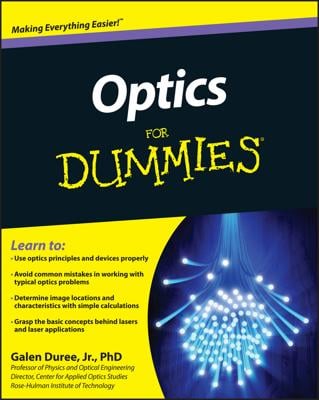You get out of the shower soaking wet in the dead of winter, and you're toasty warm. Why? Because of a little physics, of course. In particular, the heat lamp you have in your bathroom. The heat lamp beams out heat to you and keeps you warm through radiation.
Radiation is light that can transfer heat. Heat energy transferred through radiation is as familiar as the light of day; in fact, it is the light of day. The sun is a huge thermal reactor about 93 million miles away in space, and neither conduction nor convection would produce any of the energy that arrives to Earth through the vacuum of space. The sun's energy gets to the Earth through radiation, which you can confirm on a sunny day just by standing outside and letting the sun's rays warm your face. The only way you can actually see radiation, however, is through the sunburn you later have to manage.
Every object around you is continually radiating, unless it's at absolute zero temperature, which is a little unlikely because you can't physically get to a temperature of absolute zero. A scoop of ice cream, for example, radiates. Electromagnetic radiation comes from accelerating and decelerating electric charges, and on a molecular level, that's what happens as objects warm up — their atoms move around faster and faster and bounce off other atoms hard.
Even you radiate all the time, but that light isn't usually visible because it's in the infrared part of the spectrum. However, that light is visible to infrared scopes, as you've seen in the movies or television. You radiate heat in all directions all the time, and everything in your environment radiates heat back to you. When you have the same temperature as your surroundings, you radiate as fast and as much to your environment as it does to you.
If your environment didn't radiate heat back to you, you'd freeze, which is why space is considered so "cold." There's nothing cold to touch in space, and heat isn't lost through conduction or convection. All that happens is that the environment doesn't radiate back at you, which means that the heat you radiate away is lost. And you can freeze very fast from the lost heat.
When an object heats up to about 1,000 kelvin, it starts to glow red (which may explain why, even though you're radiating, you don't glow red in the visible light spectrum). As the object gets hotter, its radiation moves up in the spectrum through orange, yellow, and so on up to white hot at somewhere around 1,700K.
Humans understand heat radiation and absorption in the environment intuitively. For example, on a hot day, you may avoid wearing a black T-shirt, because you know it will make you hotter. Why? Because it absorbs light from the environment while reflecting less of it back than a white T-shirt. The white T-shirt keeps you cooler, because it reflects more radiant heat back to the environment. Which would you rather get into on a hot day: a car with black leather upholstery or one with white?

